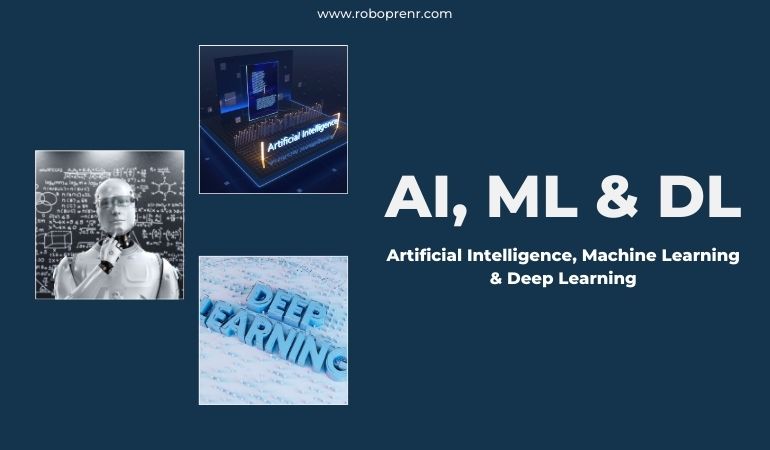1668A, 14th Main Rd, Sector 7, HSR Layout, Bengaluru, Karnataka 560102
+91 99459 30733 (9am - 6pm IST, Saturday - Sunday) (10am - 7pm IST, Tuesday - Friday)

This AI, Machine Learning (ML), and Deep Learning (DL) course is designed to introduce students to the fascinating world of artificial intelligence, providing them with essential knowledge and skills that will be valuable across multiple industries. The course begins by exploring the fundamentals of AI, guiding students through its history, core goals, and the different types of AI, including Narrow AI, General AI, and Superintelligent AI. By understanding these distinctions, students will grasp how AI operates and its growing influence in modern society.
As the course progresses, learners will delve into the critical concepts of machine learning, focusing on both supervised and unsupervised learning. They will discover how ML models are built, trained, and evaluated, gaining hands-on experience with algorithms that power many AI applications today. Through practical examples and exercises, students will see how these models can be applied to various tasks such as classification, regression, and clustering, providing a strong foundation in data-driven decision-making.
The course also introduces students to the exciting realm of deep learning, explaining how neural networks function and why they are instrumental in advancing AI technologies. From image recognition to speech processing, deep learning is at the core of many cutting-edge innovations, and students will learn how these models are developed to solve complex problems that require high-level cognitive functions. By the end of the course, students will have a clear understanding of how AI, ML, and DL are shaping industries like healthcare, finance, and robotics, equipping them with the tools needed to pursue further studies or a career in artificial intelligence.